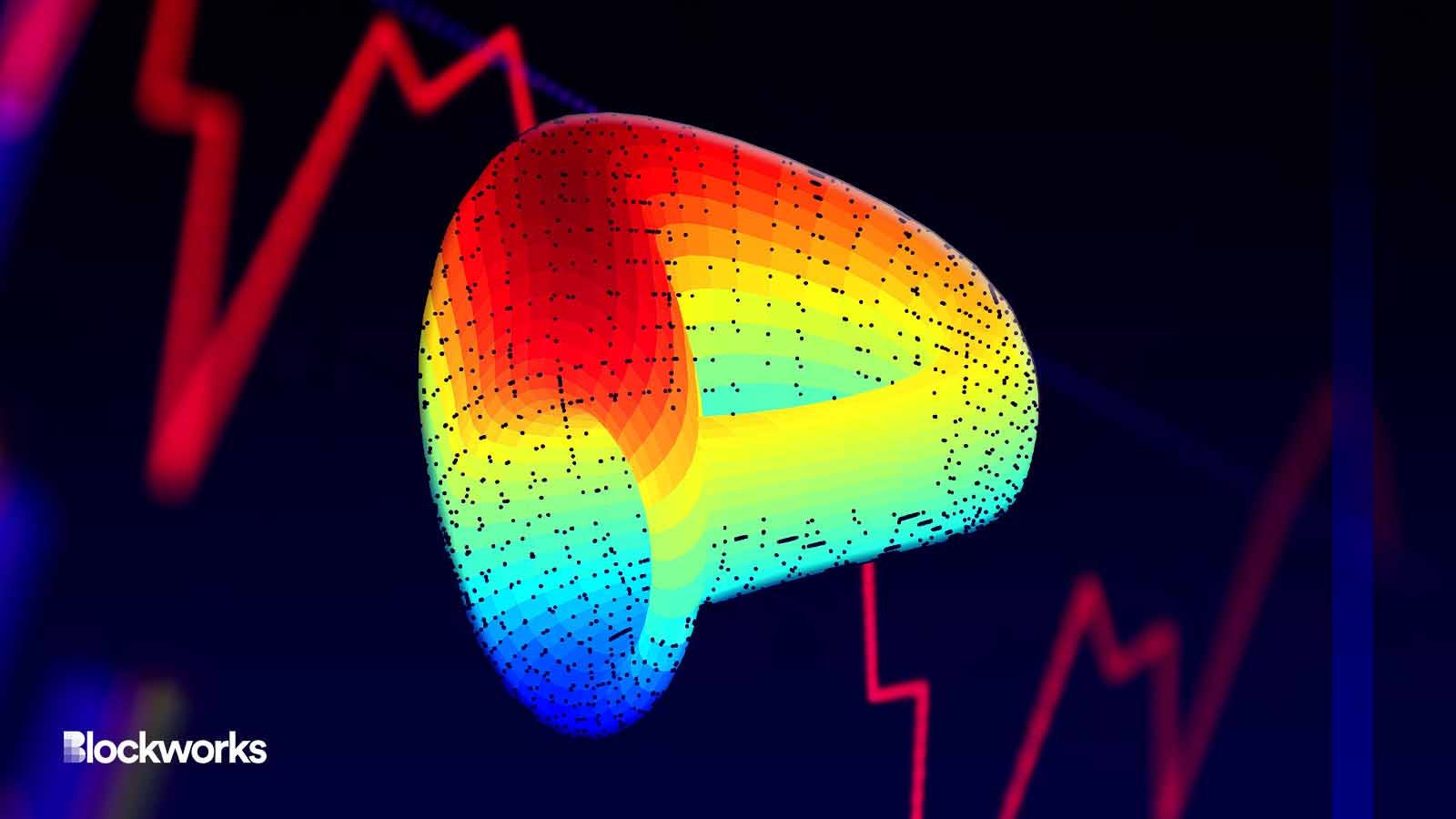Curve May No Longer Need to Rely on External Oracles
The Curve community is gauging whether or not solid price oracles should be implemented in select pools with deep liquidity

Ivan Babydov/Shutterstock modified by Blockworks
Decentralized liquidity protocol Curve is looking at reducing its reliance on third-party protocols.
Using its lending-liquidating automated market maker algorithm (LLAMMA) — an algorithm that combines both a traditional lending pool with an automated market maker (AMM), Curve has made it possible for collateral to be gradually liquidated over a price range — rather than simply at one price.
LLAMMA currently relies on an external oracle by Chainlink to operate its lending pools. When the collateral price is higher, all of the user’s deposits will remain secured within the deposited collateral. However, when the collateral value drops below a certain threshold, the user’s deposits will be subject to liquidation.
“Pretty much everything relies on Chainlink, but recently Curve governance passed a proposal to basically permit new types of pools that have their own internal oracal,” Blockworks Research Senior Analyst Dan Smith explained.
This means that these liquidity pools can keep track of an exponential moving average of the traded price, taking an average based on trading size and time, similar to what an oracle does.
Unlike Chainlink, which aggregates the prices of an asset from multiple different sources, Curve would be looking at a price based on a single liquidity source, making it inherently more risky.
It is important, therefore, that there is deep liquidity in these pools to ensure that the pool is not subject to price manipulation.
“If you have a deep enough pool, such as the stETH pool with billions of dollars in staked ETH liquidity, the price will be difficult to manipulate. Even if someone came in and started dumping into it, they can’t just move billions of dollars of liquidity around,” Smith said.
The community is currently determining whether or not these solid price oracles should be implemented in select pools with deep liquidity.
“This is what DeFi was intended to be, getting away from the reliance on something other than your own protocol,” Smith said.
If you want to learn more about Curve and its different lending pools, please check out Blockworks Research’s latest report.
Start your day with top crypto insights from David Canellis and Katherine Ross. Subscribe to the Empire newsletter.





